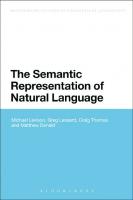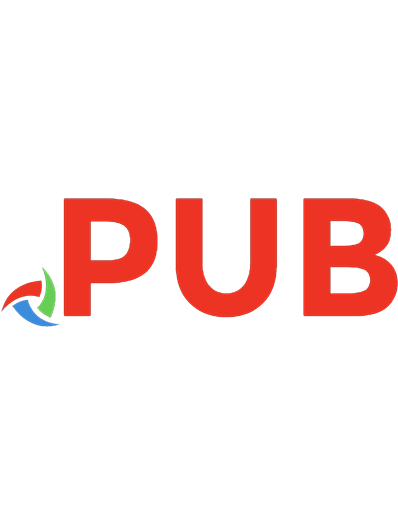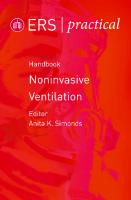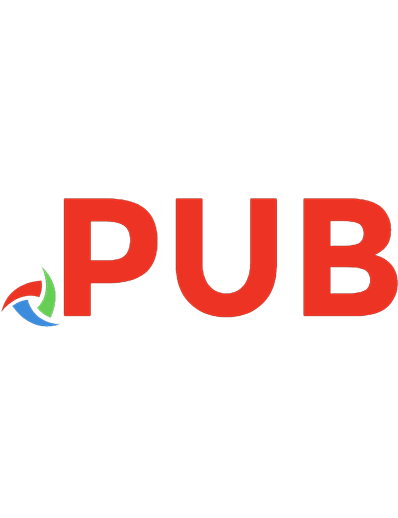Semantic reconstruction of continuous language from non-invasive brain recordings
487 47 6MB
English Pages [30] Year 2023
Polecaj historie
Table of contents :
Semantic reconstruction of continuous language from non-invasive brain recordings
Results
Decoding across cortical regions
Decoder applications and privacy implications
Imagined speech decoding
Cross-modal decoding
Attention effects on decoding
Privacy implications
Sources of decoding error
Discussion
Online content
Fig. 1 Language decoder.
Fig. 2 Decoding across cortical regions.
Fig. 3 Decoder applications and privacy implications.
Fig. 4 Sources of decoding error.
Extended Data Fig. 1 Encoding model and word rate model performance.
Extended Data Fig. 2 Perceived and imagined speech identification performance.
Extended Data Fig. 3 Behavioral assessment of decoder predictions.
Extended Data Fig. 4 Decoding across cortical regions.
Extended Data Fig. 5 Comparison of decoding performance across experiments.
Extended Data Fig. 6 Cross-subject encoding model and word rate model performance.
Extended Data Fig. 7 Decoding performance as a function of training data.
Extended Data Fig. 8 Decoding performance at lower spatial resolutions.
Extended Data Fig. 9 Decoder ablations.
Extended Data Fig. 10 Isolated encoding model and language model scores.
Table 1 Language similarity scores.
Citation preview
nature neuroscience Article
https://doi.org/10.1038/s41593-023-01304-9
Semantic reconstruction of continuous language from non-invasive brain recordings Received: 1 April 2022
Jerry Tang1, Amanda LeBel 2, Shailee Jain 1 & Alexander G. Huth 1,2
Accepted: 15 March 2023 Published online: xx xx xxxx Check for updates
A brain–computer interface that decodes continuous language from non-invasive recordings would have many scientific and practical applications. Currently, however, non-invasive language decoders can only identify stimuli from among a small set of words or phrases. Here we introduce a non-invasive decoder that reconstructs continuous language from cortical semantic representations recorded using functional magnetic resonance imaging (fMRI). Given novel brain recordings, this decoder generates intelligible word sequences that recover the meaning of perceived speech, imagined speech and even silent videos, demonstrating that a single decoder can be applied to a range of tasks. We tested the decoder across cortex and found that continuous language can be separately decoded from multiple regions. As brain–computer interfaces should respect mental privacy, we tested whether successful decoding requires subject cooperation and found that subject cooperation is required both to train and to apply the decoder. Our findings demonstrate the viability of non-invasive language brain–computer interfaces.
Previous brain–computer interfaces have demonstrated that speech articulation1 and other signals2 can be decoded from intracranial recordings to restore communication to people who have lost the ability to speak3,4. Although effective, these decoders require invasive neurosurgery, making them unsuitable for most other uses. Language decoders that use non-invasive recordings could be more widely adopted and have the potential to be used for both restorative and augmentative applications. Non-invasive brain recordings can capture many kinds of linguistic information5–8, but previous attempts to decode this information have been limited to identifying one output from among a small set of possibilities9–12, leaving it unclear whether current non-invasive recordings have the spatial and temporal resolution required to decode continuous language. Here we introduce a decoder that takes non-invasive brain recordings made using functional magnetic resonance imaging (fMRI) and reconstructs perceived or imagined stimuli using continuous natural language. To accomplish this, we needed to overcome one major obstacle: the low temporal resolution of fMRI. Although fMRI has excellent spatial specificity, the blood-oxygen-level-dependent (BOLD) signal that it measures is notoriously slow—an impulse of neural activity
causes BOLD to rise and fall over approximately 10 s (ref. 13). For naturally spoken English (over two words per second), this means that each brain image can be affected by over 20 words. Decoding continuous language thus requires solving an ill-posed inverse problem, as there are many more words to decode than brain images. Our decoder accomplishes this by generating candidate word sequences, scoring the likelihood that each candidate evoked the recorded brain responses and then selecting the best candidate. To compare word sequences to a subject’s brain responses, we used an encoding model5 that predicts how the subject’s brain responds to natural language. We recorded brain responses while the subject listened to 16 h of naturally spoken narrative stories, yielding over five times more data than the typical language fMRI experiment. We trained the encoding model on this dataset by extracting semantic features that capture the meaning of stimulus phrases8,14–17 and using linear regression to model how the semantic features influence brain responses (Fig. 1a). Given any word sequence, the encoding model predicts how the subject’s brain would respond when hearing the sequence with considerable accuracy (Extended Data Fig. 1). The encoding model can then score the likelihood that the word sequence evoked the recorded
1 Department of Computer Science, The University of Texas at Austin, Austin, TX, USA. 2Department of Neuroscience, The University of Texas at Austin, Austin, TX, USA. e-mail: [email protected]
Nature Neuroscience
Article
https://doi.org/10.1038/s41593-023-01304-9
a
b
Feature extraction i grew up in a really
Encoding model –1.5 –3.2 0.6 ×
BOLD
2.8 0.2 1.5
i saw a dog with
i saw a dog 16 h
=
–0.2 2.1 2.2
i saw a dog and
LM
0.3 0.9 –2.7
c
Proposed continuations
Candidates (t)
i saw a big dog
i saw a big
Predictions
Encoding model –1.5 –3.2 0.6 ×
2.8 0.2 1.5 –0.2 2.1 2.2
Candidates (t + 1) i saw a dog with
=
i saw a dog and
0.3 0.9 –2.7
i saw a big truck
Actual stimulus
Decoded stimulus i just continued to walk up to the window and open the glass i stood on my toes and peered out i didn’t see anything and looked up again i saw nothing
i didn't know whether to scream cry or run away instead i said leave me alone i don't need your help adam disappeared and i cleaned up alone crying
started to scream and cry and then she just said i told you to leave me alone you can't hurt me anymore i'm sorry and then he stormed off i thought he had left i started to cry
that night i went upstairs to what had been our bedroom and not knowing what else to do i turned out the lights and lay down on the floor
we got back to my dorm room i had no idea where my bed was i just assumed i would sleep on it but instead i lay down on the floor
i don't have my driver's license yet and i just jumped out right when i needed to and she says well why don't you come back to my house and i'll give you a ride i say ok
she is not ready she has not even started to learn to drive yet i had to push her out of the car i said we will take her home now and she agreed
e S2
*
15
*
10
*
*
5
Low
WER
BLEU
METEOR
Similarity metric
BERT
Gist Error
Window similarity
High
500
8 6 4 2
400 300 200 100
0
0
Exact
10
Window similarity σ
Story similarity σ
20
f
q(FDR) < 0.05
Chance
S3
Prediction time (s)
S1
i saw a big truck
Likelihood
i got up from the air mattress and pressed my face against the glass of the bedroom window expecting to see eyes staring back at me but instead finding only darkness
d
i saw a big dog
BOLD
100
200
300
400
Stimulus time (s)
500
100
200
300
400
500
Stimulus time (s)
Fig. 1 | Language decoder. a, BOLD fMRI responses were recorded while three subjects listened to 16 h of narrative stories. An encoding model was estimated for each subject to predict brain responses from semantic features of stimulus words. b, To reconstruct language from novel brain recordings, the decoder maintains a set of candidate word sequences. When new words are detected, a language model (LM) proposes continuations for each sequence, and the encoding model scores the likelihood of the recorded brain responses under each continuation. The most likely continuations are retained. c, Decoders were evaluated on single-trial brain responses recorded while subjects listened to test stories that were not used for model training. Segments from four test stories are shown alongside decoder predictions for one subject. Examples were manually selected and annotated to demonstrate typical decoder behaviors. The decoder exactly reproduces some words and phrases and captures the gist
of many more. d, Decoder predictions for a test story were significantly more similar to the actual stimulus words than expected by chance under a range of language similarity metrics (* indicates q(FDR)







![Language in South Africa : The role of language in national transformation, reconstruction and development [1 ed.]
9789027297631, 9789027218490](https://dokumen.pub/img/200x200/language-in-south-africa-the-role-of-language-in-national-transformation-reconstruction-and-development-1nbsped-9789027297631-9789027218490.jpg)


